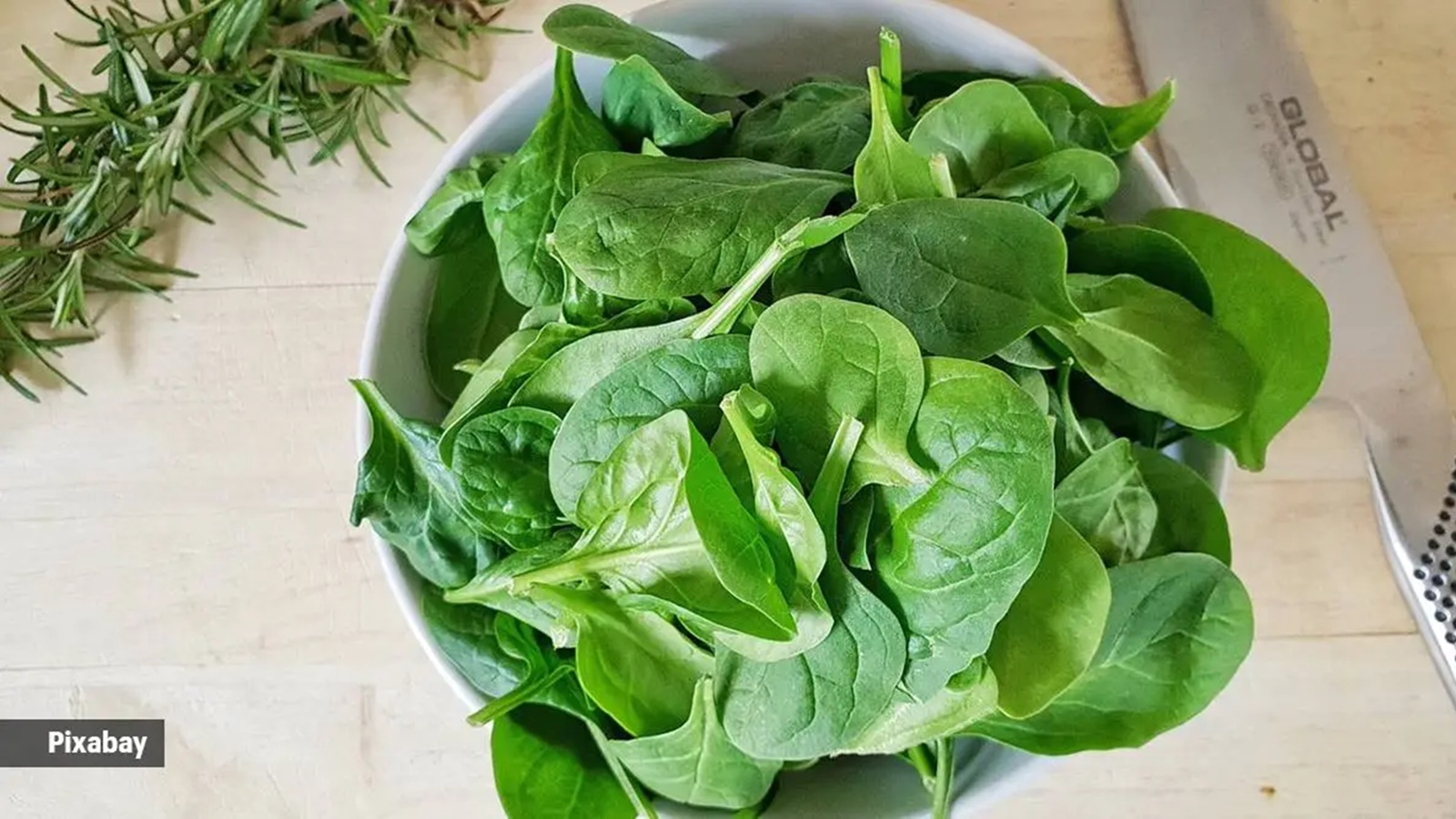Reheating foods, especially leftovers, is a common practice in most kitchens across the world. But if experts are to go by, reheating is not good for your health. “It is important to understand that not all foods react well to this process,” said Garima Goyal, a clinical dietitian. That is because reheating certain foods can lead to a loss of flavour, texture, nutritional value, and safety.
As such, let’s find out why reheating certain food items is discouraged.
Tea

Tea contains delicate compounds like antioxidants and polyphenols, which contribute to its flavour and health benefits. When tea is brewed initially, it releases various compounds, including tannins and catechins. Reheating tea can cause these compounds to degrade, leading to a loss of flavour and even potential benefits.
“Tea contains caffeine, which can become more concentrated upon reheating, potentially causing adverse effects like jitteriness or sleep disturbances. Reheating tea can also potentially contribute to acidity due to the breakdown of certain compounds and changes in pH levels,” said Goyal.
Reheating tea, Goyal said, can cause the release of tannic acid, which is a polyphenol compound found in tea leaves. “Tannic acid can impart a more acidic taste to the tea, particularly if it has been reheated multiple times,” shared Goyal.
Furthermore, if the tea is left standing for an extended period after brewing and then reheated, it can become more acidic as bacteria present in the tea may produce acidic byproducts through fermentation. “For individuals prone to acid reflux or gastrointestinal issues, consuming acidic beverages like reheated tea may exacerbate symptoms. To minimise acidity and ensure optimal taste and benefits, it’s best to brew tea fresh each time and avoid reheating,” said Goyal.
Spinach
Spinach contains nitrates, which are converted into nitrites when reheated. “Nitrites can then react with amino acids to form nitrosamines, which are known carcinogens. Reheating spinach can also lead to a loss of water-soluble vitamins like vitamin C and B vitamins, diminishing its nutritional value,” Goyal said.
Furthermore, spinach is a rich source of iron, particularly non-heme iron — the form of iron found in plant-based foods. Non-heme iron is more susceptible to oxidation compared to heme iron, the type found in animal products. “When spinach is cooked and then reheated, the iron present in the spinach can undergo oxidation, a chemical reaction that occurs when iron comes into contact with oxygen in the air. This oxidation process can result in the formation of iron oxides, which can change the colour and taste of the spinach,” said Goyal.

Additionally, the oxidation of iron in reheated spinach can affect its nutritional value as oxidised iron may not be as readily absorbed by the body compared to non-oxidised iron, potentially reducing the overall iron bioavailability of reheated spinach. Furthermore, the oxidation of iron makes it less palatable.
Further, reheated spinach tends to develop a slimy texture and bitter taste, making it less appealing. “To preserve the nutrients and avoid the formation of harmful compounds, consuming fresh spinach or incorporating it into dishes without reheating is recommended,” suggested Goyal.
Cooking oil
When cooking oil is reheatedit undergoes chemical changes that can degrade its quality and safety. Goyal mentioned that repeated heating and cooling cycles can lead to the formation of trans fats and harmful compounds like aldehydes, which are associated with inflammation and cardiovascular disease.
Additionally, reheating oil beyond its smoke point can produce toxic fumes and impart an unpleasant taste to food. To maintain the integrity of cooking oil, it’s advisable to use fresh oil for each cooking session and avoid reheating oil multiple times.
Mushrooms
Mushrooms are porous and can easily absorb moisture, making them an ideal breeding ground for bacteria. Goyal shared that reheating mushrooms can promote the growth of bacteria, increasing the risk of foodborne illness. Moreover, mushrooms contain certain compounds like polysaccharides, which can undergo enzymatic reactions when reheated, altering their flavour and texture.
Consuming reheated mushrooms may result in a loss of freshness and palatability. Mushrooms contain various proteins, including enzymes and structural proteins, which contribute to their texture and nutritional profile. “When mushrooms are cooked, these proteins undergo structural changes through a process called denaturation,” Goyal said.
Upon reheating mushrooms, the denaturation process can continue or occur again, causing further changes in the protein composition.
This can result in modifications to the texture, flavour, and nutritional properties of the mushrooms. “Additionally, reheating mushrooms can also lead to the breakdown of certain protein molecules into smaller peptides and amino acids through processes like hydrolysis. This can affect the overall protein content and composition of the mushrooms, potentially influencing their taste and digestibility,” said Goyal.
To minimise protein degradation and preserve the quality of mushrooms, it’s advisable to reheat them gently and avoid prolonged exposure to heat, said Goyal.
Rice
Goyal elucidated that bacillus cereus, a bacterium commonly found in rice, can survive the cooking process and multiply when rice is left at room temperature for an extended period. “Reheating rice does not always eliminate these bacteria and their toxins, which can cause food poisoning. Additionally, reheated rice tends to lose moisture and become dry and unappetising,” said Goyal.
To prevent foodborne illness, it’s crucial to store cooked rice properly in the refrigerator and consume it within a day or two.
“Understanding the reasons behind the recommendations against reheating items like tea, spinach, cooking oil, mushrooms, and rice can help make informed choices about food preparation and storage practices. By prioritising freshness and proper handling, you can enjoy meals that are not only delicious but also safe and nutritious,” Goyal shared.








